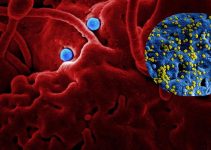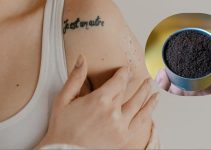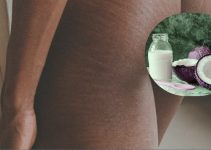Varicose veins don’t always need treatment. It is only necessary when they cause you discomfort.
However, some people choose to treat them for cosmetic reasons.
Here you will find information about varicose vein treatments.
This exhaustive list of varicose veins treatments can help you see the different options you have for your veins. So you can choose an option that suits your needs.
Nevertheless, a vascular surgeon can provide you with the best possible solution for your veins.
You can also check this article: 10 Best Home Treatments For Varicose Veins
1. Compression Stocking
First, you should know that compression stockings are not for everyone. It is a doctor who must determine if you can use this method or not.
They squeeze the legs to improve blood circulation.
While they can help relieve pain, swelling, and discomfort, compression stocking has not been proven to help prevent the appearance of new varicose veins.
According to the National Institute for Health and Care Excellence (NICE), the compression stocking is only recommended as a long-term treatment if the rest of the treatments have not worked.
A compression stocking is available in:
- Different sizes and measurements.
- Different colors.
- Different ways of covering the feet
- Different lengths.
If you have severe varicose problems (such as blockages and valve problems), you will likely need to wear compression stockings for your entire life.
Wearing Compression Stockings
Compression stockings need to be put on when you get out of bed and should be removed when going to bed.
To use them correctly, you must pull them from top to bottom of the leg so that the pressure applied is equal throughout the leg.
If commercial compression stockings don’t work for you, you may need to have them custom-made.
On the other hand, if compression stockings make your skin dry, you can apply a moisturizer to your legs before going to sleep.
Caring For Compression Stockings
Compression stockings last between 3 and 6 months, then you must change them.
It is recommended to have two pairs of stockings to wear one while washing the other.
To wash the stockings, you must do it by hand and use warm water.
2. Endothermal Ablation
One of the main indicated treatments is usually endothermal ablation.
They may indicate radiofrequency ablation or endovenous laser treatment.
Radiofrequency Ablation
Radiofrequency ablation is a treatment that applies heat to the walls of the veins using radio frequencies.
A small cut is made around the knee so that doctor can access the veins.
Then a catheter is inserted, and it sends out radiofrequency energy. This heat causes the veins to seal and close, improving blood circulation.
For this treatment, you need to apply anesthesia, either general or local.
Endovenous Laser Treatment
For this treatment, a catheter is also inserted into the veins.
Then a tiny laser is passed through the catheter and sends small bursts of energy that heat the veins and seal them.
For endovenous laser treatment, you also need to use anesthesia.
3. Ultrasound-Guided Foam Sclerotherapy
This treatment applies a special foam to the veins, thus achieving their healing.
An ultrasound scan is used to place the foam in the veins, and it is possible to treat more than one vein during the process.
This treatment is not recommended for people with a history of thrombosis.
On the other hand, although there is evidence about the effectiveness of sclerotherapy, more studies are still needed to know its effects in the long term.
Some side effects of sclerotherapy are:
- Headaches
- Fainting spells
- Changes in skin color
- Temporary vision problems
- Blood clots in other veins
4. Surgery
Varicose vein surgery is performed under general anesthesia.
It is a simple surgery, and you usually go home the same day as the procedure.
However, if the surgery is done on both legs, you will likely spend the night in the hospital.
Ligation And Stripping
For this treatment, the veins are tied off and then removed.
Two small incisions are made: one over the groin and the other around the knee.
A thin wire is passed over the upper incision and then removed through the lower incision.
After the surgery, you will need about three weeks to recover.
5. Transilluminated Powered Phlebectomy
As it is a new treatment, there is still no good evidence about its effects.
The NICE does not recommend its use for varicose veins, but a doctor may consider it an effective treatment for you. In that case, you should ask about the benefits and risks.
During the Transilluminated Powered Phlebectomy, two small incisions are made in the leg.
A light is then applied to see which veins need to be removed. The affected veins are removed using a suction device.
Anesthesia (local or general) is also needed for this procedure.
After treatment, you may experience bleeding or bruising.
6. Cyanoacrylate Glue Occlusion
This procedure involves the application of a kind of glue on the varicose veins.
This glue seals the veins, improving symptoms.
Although the evidence shows that it is an efficient and safe process, its effectiveness has not been scientifically proven.





